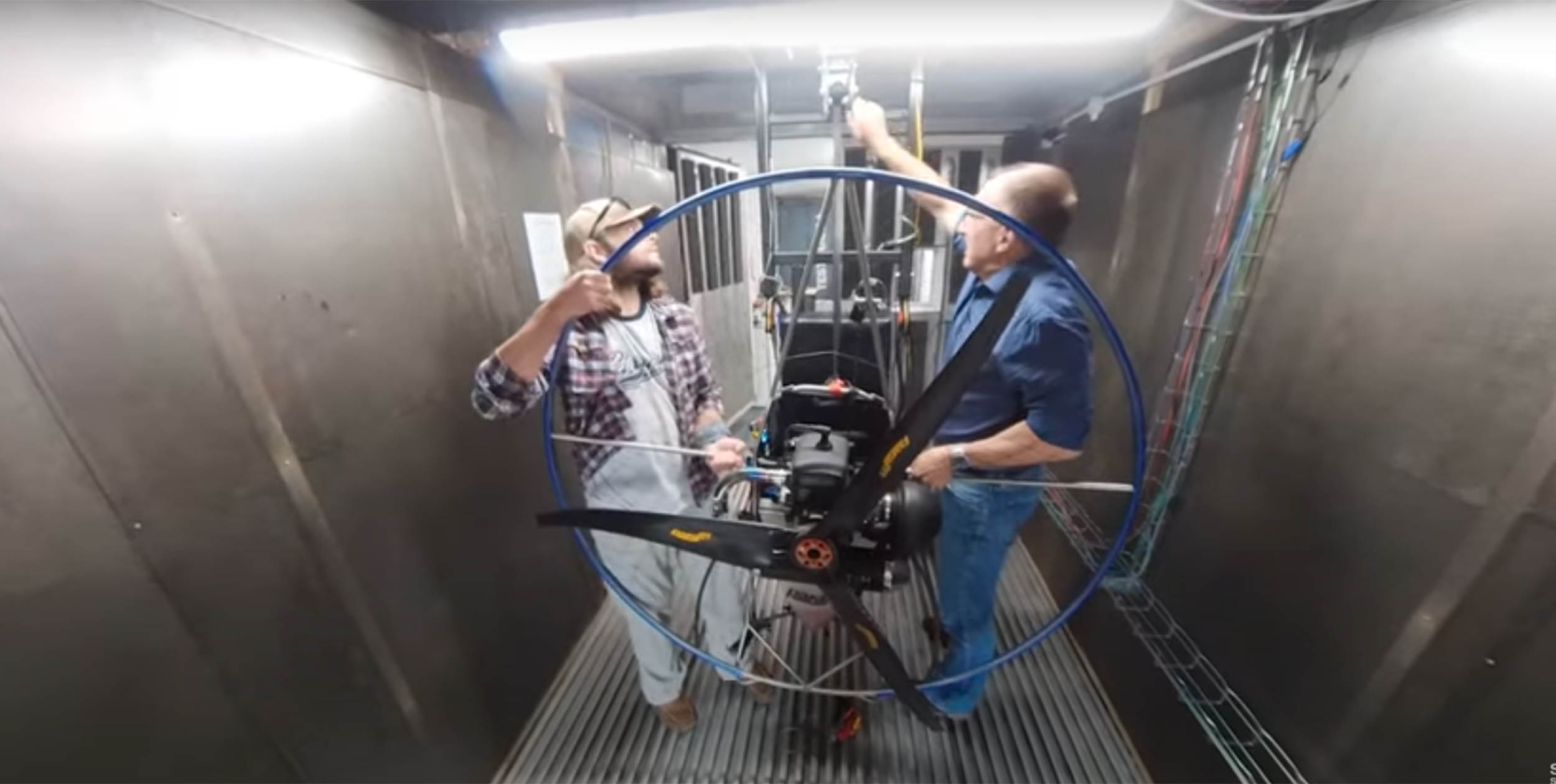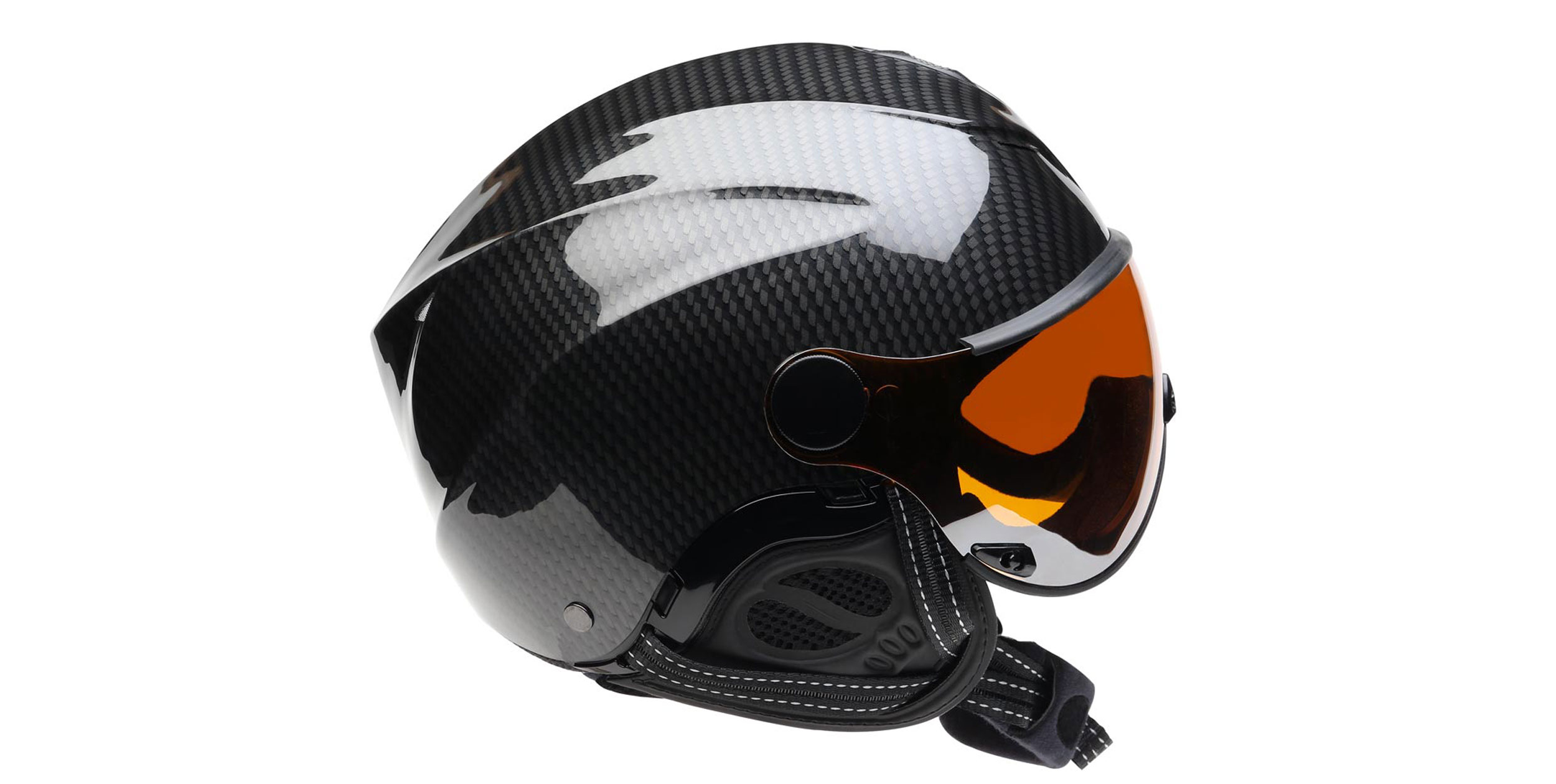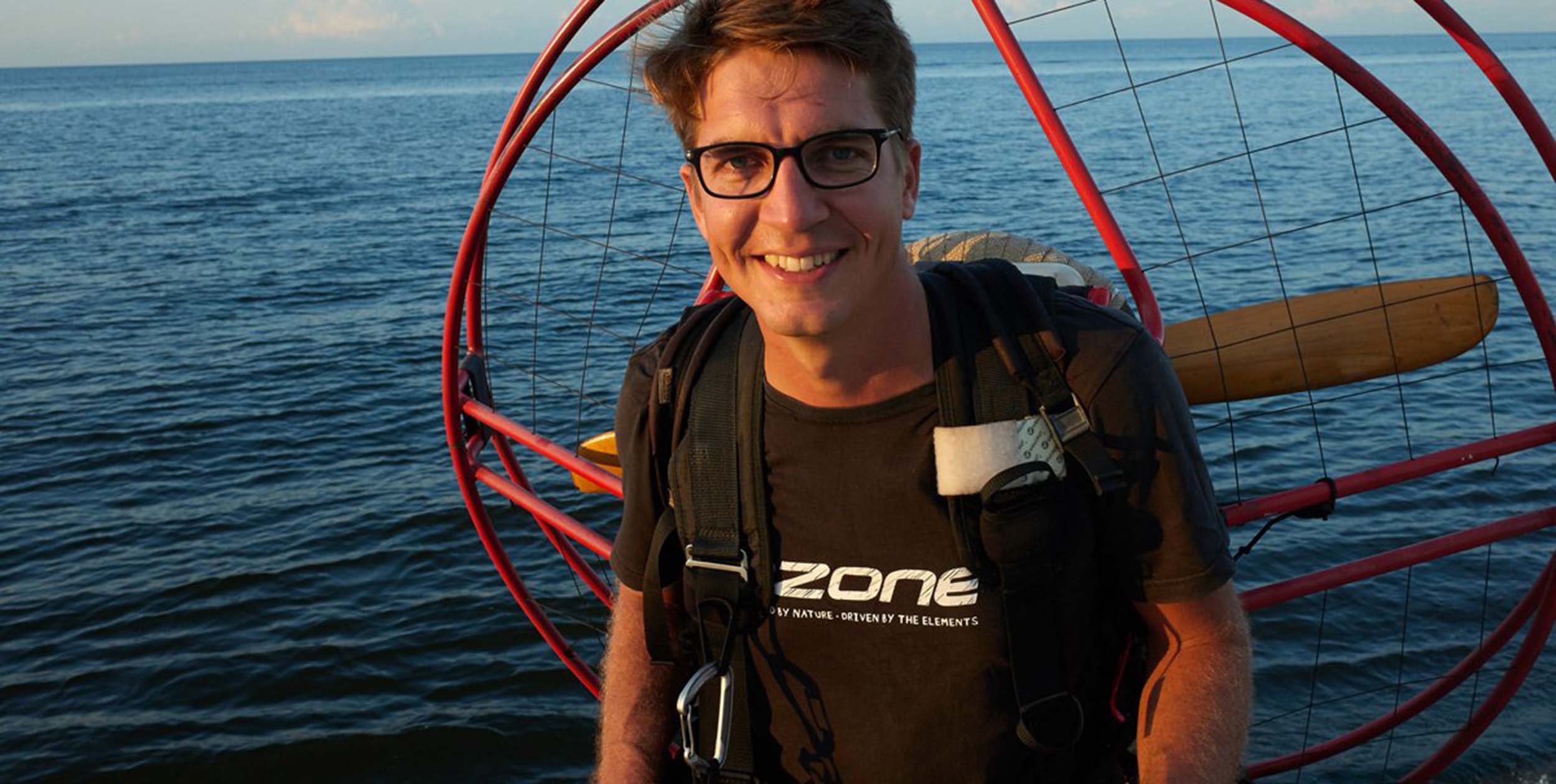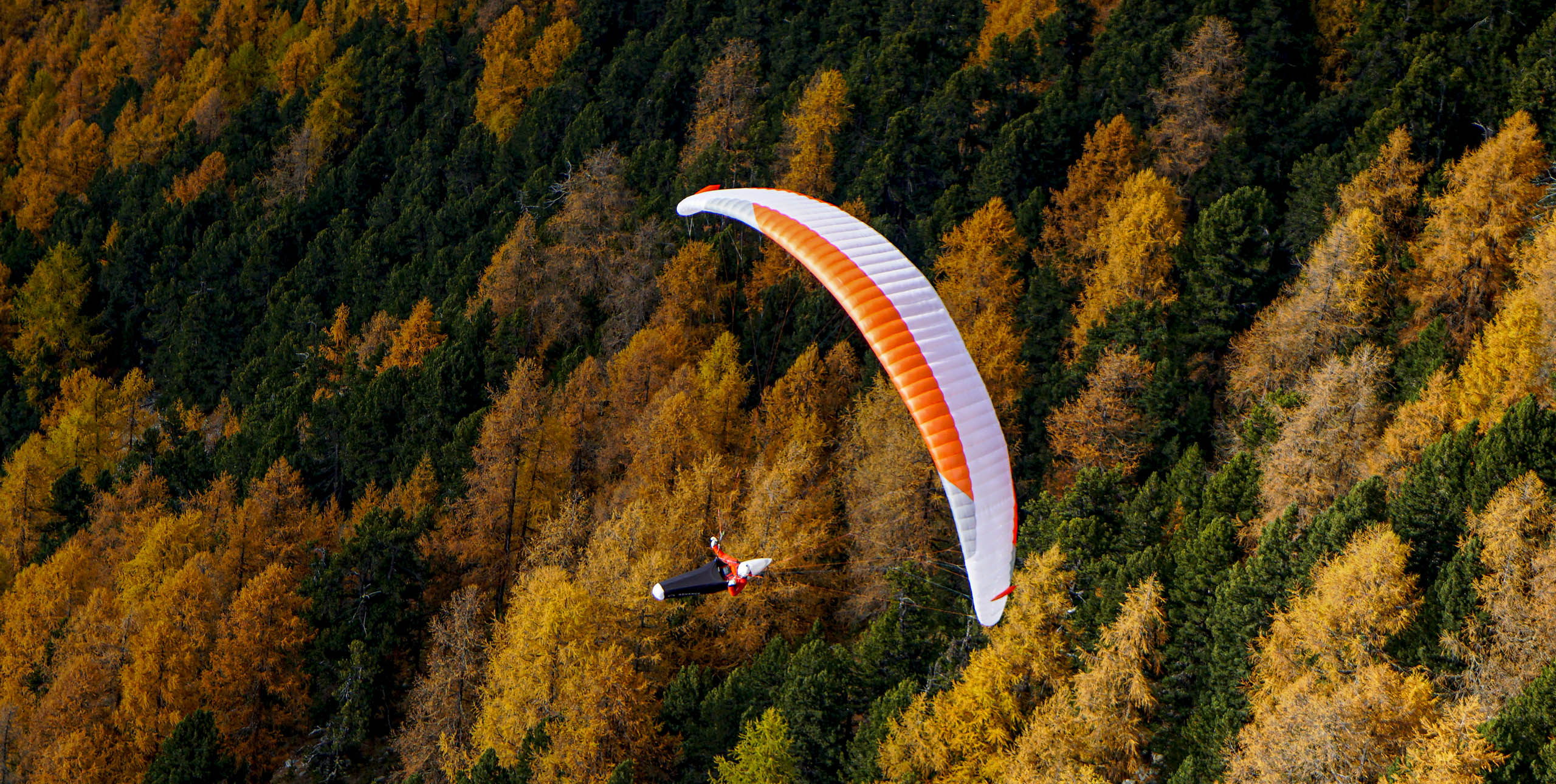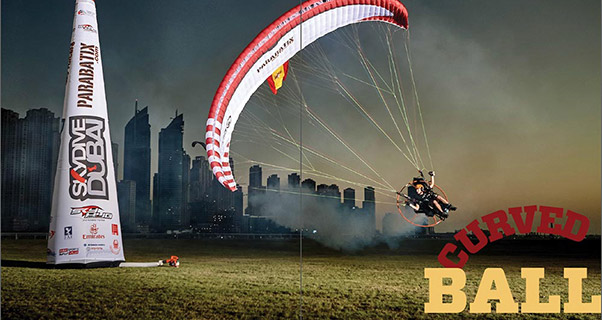
In Cross Country 158 (April 2015) we talk to some of the sport’s top pilots about the art of learning – and getting good at – flying pylons.
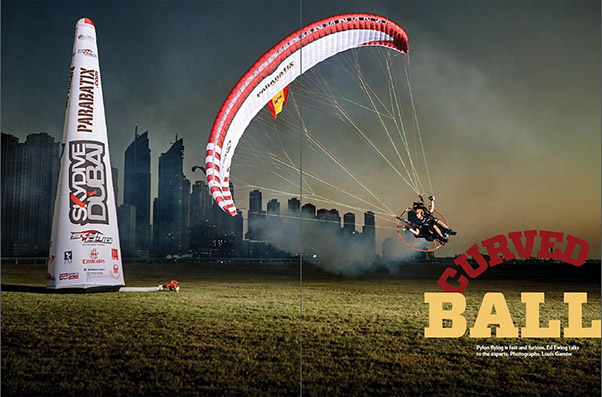
Pylon flying has taken the paramotoring world by storm in the last five years, pushing the sport out of the windy, remote airfield and bringing it to the attention of thousands at high profile events around the world.
“Like Harry Potter’s Quidditch in real life,” is how Pascal Campbell-Jones describes pylon flying. He has done as much as anyone to popularise the new discipline: the founder of display team Parabatix, he put together a team of expert pilots that has flown displays around the world.
Many pilots will have seen them tearing up the field at the Coupe Icare in France, while others may have caught Pál Takáts, Parabatix team member, flying pylons on TV as part of the Red Bull Air Races.
Even though it’s new, pylon flying has already split two ways. The first is Parabatix style, where pilots must complete an “obstacle course in the air”, flying fast around pylons but having to slow down to perform a ground-based task in between. The second is the pure speed event, where pilots simply pair the biggest motor with the smallest wing and hammer it around a course at up to 75km/h airspeed.
Last year the first Slalom World Championships attracted 65 footlaunch and 13 trike pilots from 17 countries. Held in France, Poland dominated, with seven pilots in the top 15. They paired big 250cc motors with small wings and went for it: trimmers-out, full-bar, hands-off. The winner, Grzegorz Krzyzanowski, won on a 250cc Polini engine with a 15m Dudek Snake glider. Silver medallist Alex Mateos was slightly more reserved, pairing his 250cc engine with a 19m Ozone Slalom. The future was clear to see – and it was fast and powerful.
There are obvious dangers with slalom flying close to the ground. More than one pilot has brushed a pylon and been dumped on the ground, injuring themselves and damaging their equipment. There is a move to see pylon flying – at least the pure speed races – being held over water. At a competition in Spain last November pilots who splashed down into the freshwater lake just got fished out, no damage done to them or machine once dried out. But equally there are new techniques to learn and pylon flying courses are now on offer…
Read the full article in Cross Country 158 (April 2015) where we talk to some of the best pilots on the scene, including Parabatix team members and Paramotor World Champion Alex Mateos, to get the lowdown on how to approach learning to fly pylons.
• Got news? Send it to us at news@xccontent.local


